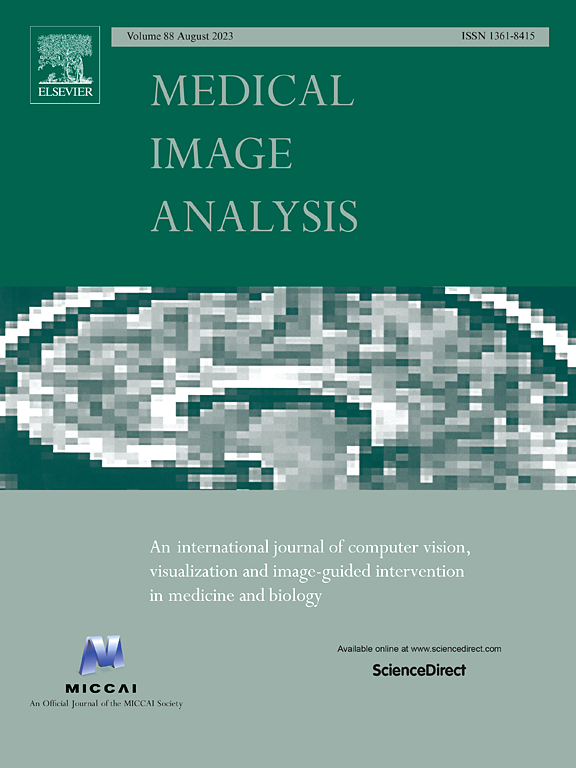Large-scale benchmarking and boosting transfer learning for medical image analysis
IF 10.7
1区 医学
Q1 COMPUTER SCIENCE, ARTIFICIAL INTELLIGENCE
引用次数: 0
Abstract
Transfer learning, particularly fine-tuning models pretrained on photographic images to medical images, has proven indispensable for medical image analysis. There are numerous models with distinct architectures pretrained on various datasets using different strategies. But, there is a lack of up-to-date large-scale evaluations of their transferability to medical imaging, posing a challenge for practitioners in selecting the most proper pretrained models for their tasks at hand. To fill this gap, we conduct a comprehensive systematic study, focusing on (i) benchmarking numerous conventional and modern convolutional neural network (ConvNet) and vision transformer architectures across various medical tasks; (ii) investigating the impact of fine-tuning data size on the performance of ConvNets compared with vision transformers in medical imaging; (iii) examining the impact of pretraining data granularity on transfer learning performance; (iv) evaluating transferability of a wide range of recent self-supervised methods with diverse training objectives to a variety of medical tasks across different modalities; and (v) delving into the efficacy of domain-adaptive pretraining on both photographic and medical datasets to develop high-performance models for medical tasks. Our large-scale study (5,000 experiments) yields impactful insights: (1) ConvNets demonstrate higher transferability than vision transformers when fine-tuning for medical tasks; (2) ConvNets prove to be more annotation efficient than vision transformers when fine-tuning for medical tasks; (3) Fine-grained representations, rather than high-level semantic features, prove pivotal for fine-grained medical tasks; (4) Self-supervised models excel in learning holistic features compared with supervised models; and (5) Domain-adaptive pretraining leads to performant models via harnessing knowledge acquired from ImageNet and enhancing it through the utilization of readily accessible expert annotations associated with medical datasets. As open science, all codes and pretrained models are available at GitHub.com/JLiangLab/BenchmarkTransferLearning (Version 2).

求助全文
约1分钟内获得全文
求助全文
来源期刊

Medical image analysis
工程技术-工程:生物医学
CiteScore
22.10
自引率
6.40%
发文量
309
审稿时长
6.6 months
期刊介绍:
Medical Image Analysis serves as a platform for sharing new research findings in the realm of medical and biological image analysis, with a focus on applications of computer vision, virtual reality, and robotics to biomedical imaging challenges. The journal prioritizes the publication of high-quality, original papers contributing to the fundamental science of processing, analyzing, and utilizing medical and biological images. It welcomes approaches utilizing biomedical image datasets across all spatial scales, from molecular/cellular imaging to tissue/organ imaging.
 求助内容:
求助内容: 应助结果提醒方式:
应助结果提醒方式:


